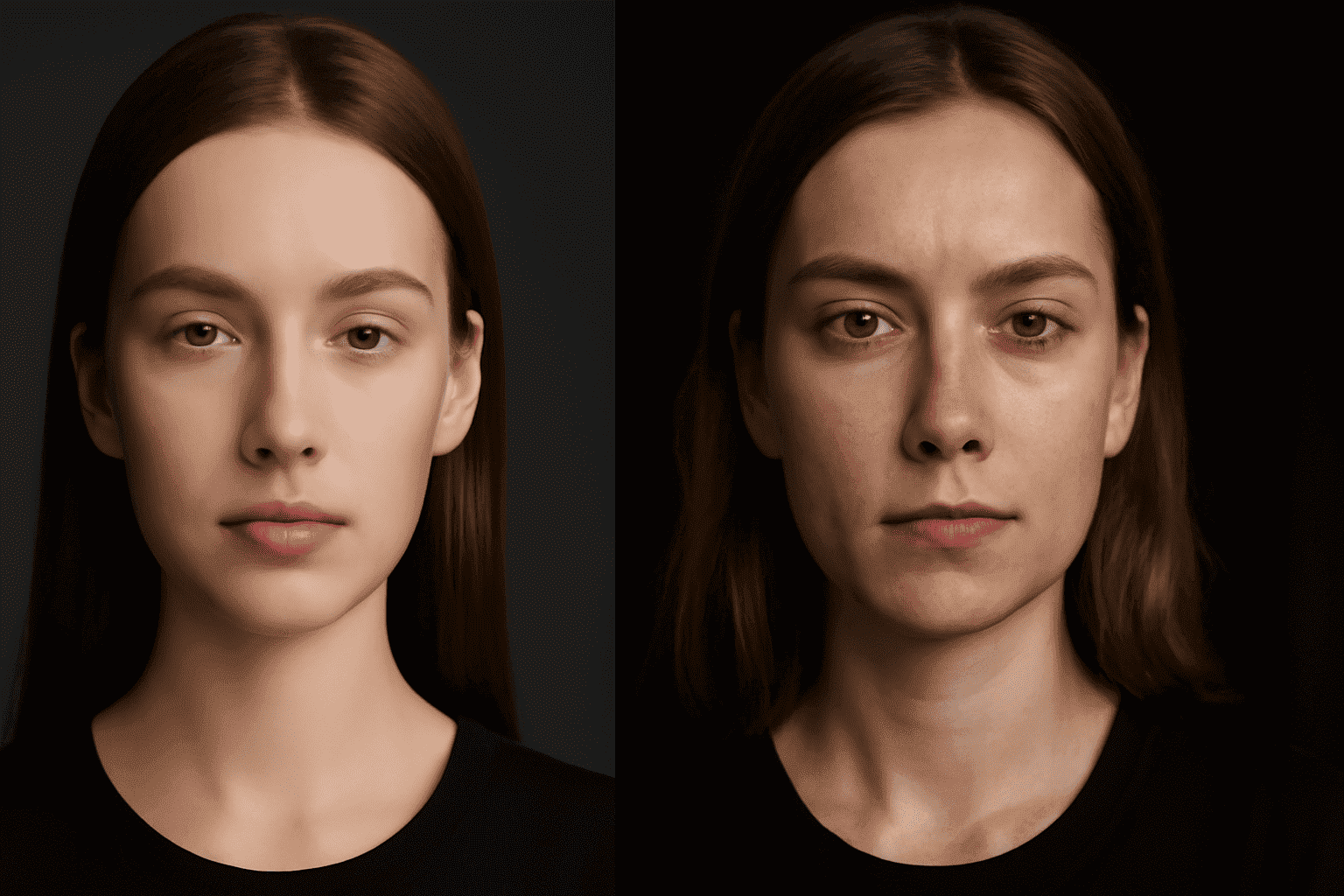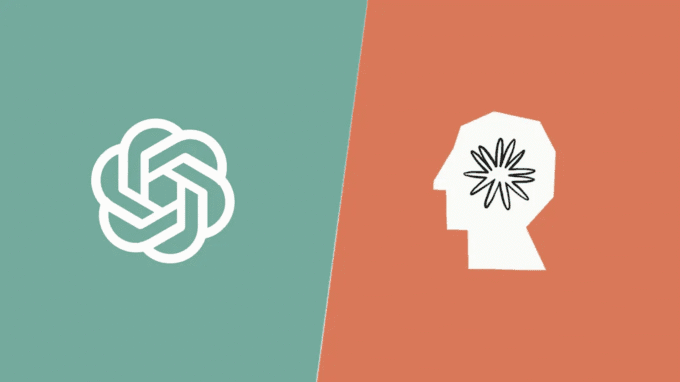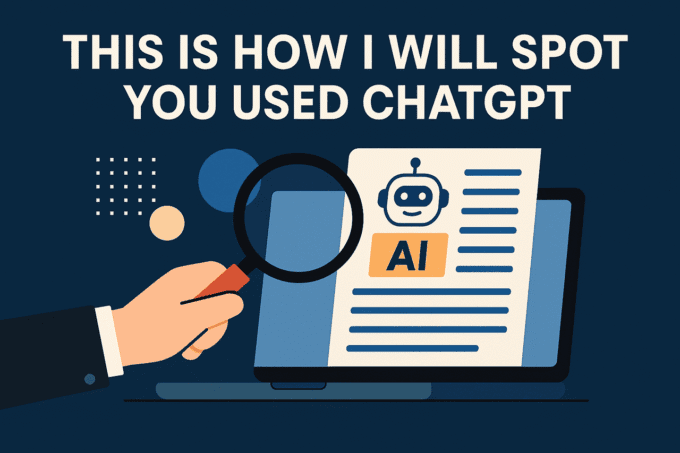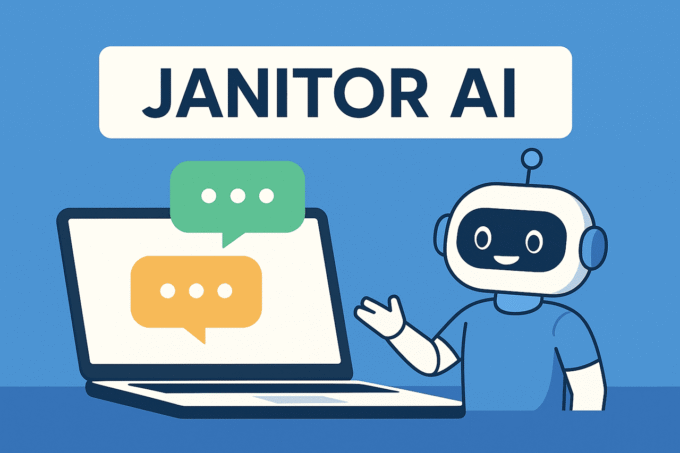It can feel impossible these days to know if an image or video is the real deal or something cooked up by AI. With all the deepfakes and AI-generated images floating around, no one wants to be fooled or spread misinformation. So, how do you actually figure out if what you’re seeing is legit or just computer-generated fakery?
This article will break it down simply, honestly, and clearly, giving you real tips, tools, and know-how to spot AI-generated photos and videos. The goal is to make sure you can confidently tell the difference between real and AI content without getting overwhelmed.
What Are AI-Generated Images and Videos?
Before jumping into how to spot fake media, let’s start with a quick explanation of what AI-generated images and videos really are. These are pictures or clips created entirely or partly by artificial intelligence algorithms instead of a real camera. For images, tools like DALL-E, Midjourney, or Stable Diffusion use huge datasets and advanced models to generate realistic pictures from text prompts or none at all. Videos might use “deepfake” tech to swap faces or create completely artificial clips with human-like movement.
These AI models train on tons of real photos and videos, learning patterns and details so well that their creations can look eerily real at first glance. This is why telling real from fake is so tough nowadays.
Key Takeaways
Here’s what you will learn from this guide:
- How to spot AI-generated images and videos with your own eyes
- The best tools available to verify AI or real content
- Simple steps to start checking visual authenticity today
- Common mistakes to avoid in detecting AI media
- The difference between deepfake videos and other AI-generated content
Why Is It Difficult to Tell Real From AI Media?
AI has improved drastically in recent years, making almost flawless images and videos. These AI creations often avoid obvious red flags and may have perfect lighting, symmetry, and smooth textures. Sometimes they even fool experts. The “uncanny valley” effect, where something looks almost human but not quite right, can be subtle and hard to pin down.
Plus, AI-generated content is spreading fast on social media, news, and entertainment, raising the stakes for spotting fakes early.
Bonus: Best AI Headshot Generators
How Can I Tell If a Photo Is AI Generated?
Here are the top signs an image might be AI-generated:
- Unnatural details: Look for weird fingers, extra or missing limbs, or blurry backgrounds. AI often struggles with complex body parts.
- Inconsistent lighting: Shadows or highlights might not match the scene.
- Strange textures: Skin might look overly smooth, waxy, or have unnatural colors.
- Gibberish in text or logos: AI sometimes creates unreadable or odd lettering.
- No matches in reverse image searches: If a Google or TinEye reverse image search shows no similar photos, it might be new AI content.
Spotting these signs can quickly help tell if a photo is real or AI-created.
How Do You Detect Deepfake Videos?
Videos are trickier because they move, but here are the top clues for deepfake detection:
- Unnatural blinking or no blinking: Many deepfakes miss natural eye movement patterns.
- Lip-sync mismatch: The mouth doesn’t quite match the words or sounds.
- Weird facial expressions or micro-movements: Faces might smile oddly or not move naturally.
- Odd edges or lighting: Look out for blurred lines or inconsistent shadows around the face.
- Too-perfect symmetry: Real faces have tiny asymmetries; fakes often look too symmetrical.
These signs aren’t foolproof, but combined, they offer strong hints.
How Can Reverse Image Search Detect Fake Images?
Using tools like Google Reverse Image Search is a practical way to check if an image has origins somewhere on the web. You upload the photo or paste its URL, and the tool finds copies or similar versions.
- If you find the exact original, the image is likely real.
- If no matches appear or it only appears on AI art sites, it might be generated.
- Reverse searches can also help expose edited or manipulated images, not just AI ones.
Are There Tools to Detect AI-Generated Images?
Yes, there are specialized tools built to detect AI-generated media quickly and accurately. Some top choices in 2025 include:
- Undetectable AI Image Detector: Uses deep neural networks to analyze pixels.
- WasItAI: A user-friendly tool rating the likelihood an image is AI.
- Content at Scale’s AI Detector: Helpful for both images and text.
- Foto Forensics: Uses error level analysis (ELA) to find editing artifacts.
These tools scan for inconsistencies, pixel-level anomalies, and patterns typical in AI-generated content. Most give a confidence score, which helps users decide if an image is suspicious.
Bonus: How to Create Ghibli-Style AI Images Using ChatGPT
What Are the Dangers of AI-Generated Images?
AI-generated images and videos come with some serious risks if not handled carefully:
- Spreading misinformation: Fake photos and videos can be used to deceive people, sway opinions, or cause panic.
- Scams and fraud: Deepfake videos impersonating CEOs have been used in financial scams.
- Reputation damage: Fake images can harm people’s careers or personal lives.
- Privacy violations: Creating images or videos of people without their consent can cross ethical lines.
These risks make it critical to know how to identify and handle AI-generated content responsibly.
What Are the Legal Implications of Deepfake Videos?
Laws around AI-generated content are catching up but remain patchy. Here’s a quick take:
- Many countries consider unauthorized creation and distribution of deepfake videos an invasion of privacy or defamation.
- In India and other places, legislation is developing to address the misuse of AI-generated fake media.
- Copyright and intellectual property laws get complicated when AI uses existing images or videos to generate new content.
- Legal risks increase if fake videos are used for fraud, harassment, or election interference.
Staying aware of legal boundaries helps avoid serious consequences.
How Can I Verify If a Video Is Real or Fake?
To verify video authenticity, try these steps:
- Check for unnatural face movements like blinking or lip sync.
- Look at lighting and shadows for inconsistencies.
- Search the video title or key frames on Google or social media to see if it matches real events.
- Use AI detection tools designed for videos.
- Watch closely for weird glitches or pixelation around the face or body.
Combining these methods increases your confidence in calling a video real or fake.
Best Practices to Verify Authenticity
Knowing how to identify fake content is great, but using the right process is key:
- Combine visual checks with AI tools: A human eye plus software is stronger.
- Cross-check with multiple sources: Don’t rely on one image or video alone.
- Check metadata if possible: Dates, locations, and device info can reveal fakes.
- Trust your gut: If something feels off, dig deeper.
- Avoid sharing suspicious content until verified.
These steps keep you from spreading misinformation accidentally.
Privacy and Ethical Use of AI-Generated Content
It’s important to remember ethical tips:
- Don’t create or share AI media that harms others.
- Respect people’s privacy and get consent if making AI versions of them.
- Report fake videos or images that could cause harm.
- Support laws that protect against malicious use of AI media.
Being responsible helps keep online spaces safer.
Bonus: 5 DALL-E 2 Alternatives That Will Help You Create AI Art
How to Detect AI Generated Images and Videos: Proven Techniques
Visual Clues to Look For in AI Images
Even the most advanced AI-generated images have subtle signs that reveal their nature:
- Unnatural eyes: Odd reflections or asymmetry in eyes are common giveaways.
- Inconsistent lighting and shadows: Check if illumination matches across the image.
- Odd textures or background artifacts: AI sometimes creates strange patterns or blurry edges.
- Unrealistic details: Fingers, teeth, or hair may look distorted or over-smoothened.
These clues can often help you make a first-pass assessment.
Technical Methods and AI Detection Tools
There are several AI-powered tools designed specifically to spot fake images and videos:
- Metadata analysis: Authentic photos often contain metadata showing device info; absence or odd data can hint at forgery.
- AI detection platforms: Tools like Microsoft’s AI Image Authenticator, Deepware Scanner, and others provide reliable detection.
- Machine-learning models: Some solutions analyze pixels and motion patterns, using learned data to flag probable AI content.
Use Case: Spotting AI in Social Media Posts
Social media is a common source of AI-generated visuals. Using the above clues along with AI detection apps can help you verify images before sharing or trusting them.
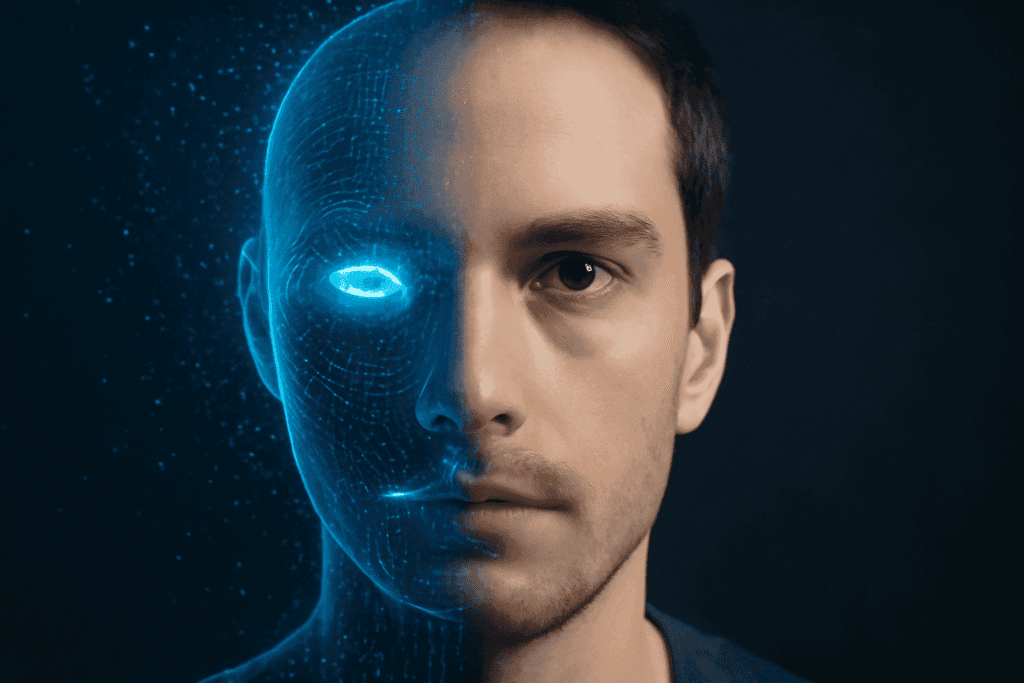
Steps to Verify If Images or Videos Are Real or AI Generated
Step 1: Initial Visual Check
Look for the visual clues discussed above, paying attention to faces, lighting, and textures.
Step 2: Use AI Detection Software
Upload the image or video to AI detection platforms to get an authenticity score.
Step 3: Check Metadata and Source
Use tools like FotoForensics or InVID to analyze the file metadata and reverse image search for origins.
Step 4: Cross-Reference Content
See if the same image or video appears on credible websites or trusted news sources.
Step 5: Seek Expert Review If Needed
When in doubt, consult forensic analysts or communities dedicated to fake media detection.
How to Get Started With AI Image and Video Detection in 5 Steps
- Learn the common signs: Familiarize yourself with visual inconsistencies in AI media.
- Choose a detection tool: Start with free platforms such as Deepware Scanner or Microsoft’s AI authenticator.
- Practice: Test detection on known AI and real images to understand tool behavior.
- Apply consistently: Use the methods whenever you encounter suspicious media.
- Stay informed: AI content techniques are evolving quickly, so keep up with news and updates.
What do you need to start? Primarily, curiosity and access to detection apps or websites.
Bonus Tips and Advanced Strategies for AI Media Detection
- Combine manual inspection with AI tools instead of relying solely on automated detection.
- Watch for temporal inconsistencies in videos, such as unnatural blinking or odd lip-syncing.
- Avoid common mistakes like assuming high resolution always means authenticity.
- Consider blockchain or digital watermarking as emerging ways to confirm media origins.
- Follow updates from research hubs and tech companies working on AI detection innovations.
Conclusion + Call to Action
Knowing how to tell if images or videos are real or AI generated is a skill now essential for everyone online. As AI media becomes more common and convincing, using proven visual signs and detection tools will help protect you from misinformation and deception.
Start by applying the steps in this guide. Use trusted AI detection software and always question suspicious media before accepting it as real. For continuous learning, subscribe to digital media authenticity blogs or try out new tools regularly.
Be smart and cautious with visual content—your judgment is more valuable than ever.
TL;DR / Key Takeaways
- AI-generated images and videos are increasingly realistic and harder to spot.
- Look for visual cues like unnatural eyes, inconsistent lighting, and odd textures.
- Use AI detection tools and metadata analysis for reliable verification.
- Follow a stepwise process: visual check, detection software, metadata, cross-reference, expert review.
- Stay updated on AI innovations and combine manual with technical checks.
This practical approach keeps you informed and prepared amid the rise of AI-created media.
